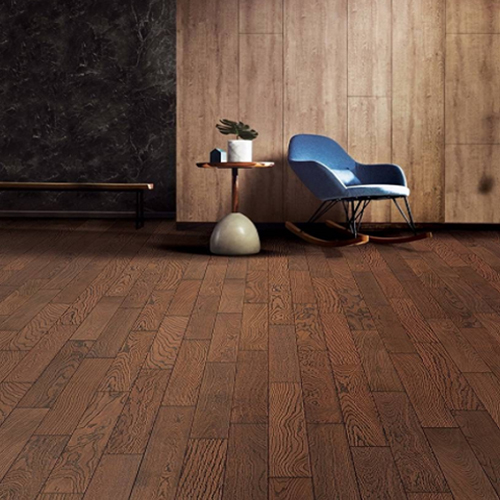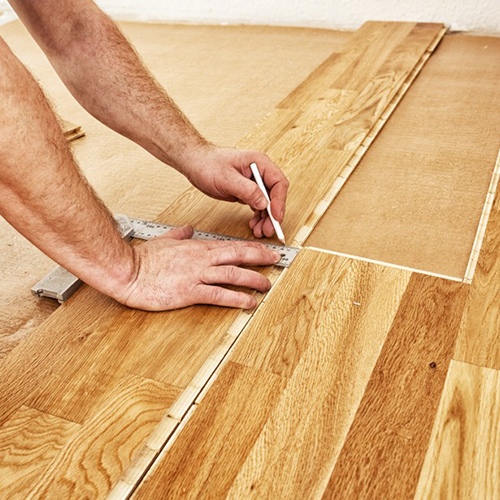Laminate flooring is a popular and affordable alternative to hardwood floors, offering the appearance of wood, stone, or other natural materials while being more durable and easier to maintain. Composed of multiple layers, laminate flooring typically includes a high-density fiberboard (HDF) core, a photographic layer that mimics the desired material, and a protective wear layer on top. This construction makes laminate floors resistant to scratches, stains, and fading, making them ideal for high-traffic areas in both residential and commercial spaces. The click-lock installation system allows for a simple, glue-free setup, making it a popular choice for DIY enthusiasts. Laminate flooring is also moisture-resistant, though it's not suitable for high-moisture areas like bathrooms unless specifically designed for that purpose.
One of the main advantages of laminate flooring is its versatility. It comes in a wide variety of colors, textures, and finishes, allowing homeowners to create a look that fits their style and budget. Additionally, laminate is much easier to clean than hardwood, requiring only regular sweeping or vacuuming and occasional mopping with a damp cloth. Laminate floors are also less prone to dents and scratches compared to hardwood, making them an excellent choice for homes with pets or children.
Though laminate flooring provides a realistic wood-like appearance, it can sometimes lack the warmth and authenticity of real hardwood. However, with technological advancements, modern laminate floors can closely mimic the look and feel of natural materials. Laminate flooring is also an eco-friendly option since many brands use recycled materials in their construction. Durable, affordable, and easy to install and maintain, laminate flooring continues to be a popular choice for homeowners looking to achieve a stylish and practical floor.
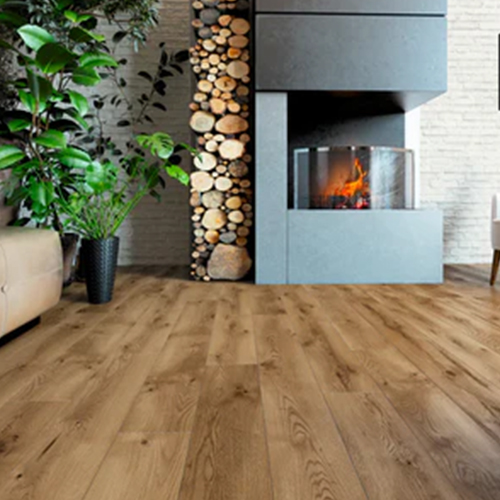
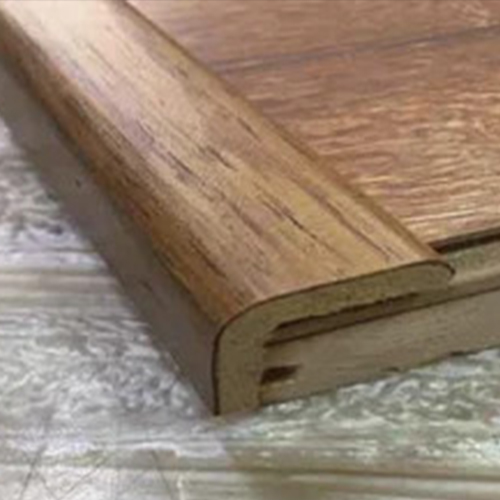
Solid wood flooring is a timeless and elegant flooring option made from a single piece of natural wood. Unlike engineered wood, which consists of multiple layers, solid wood is made from one continuous piece of hardwood, such as oak, maple, cherry, or walnut, providing a durable and long-lasting surface. This type of flooring brings warmth, natural beauty, and a sense of authenticity to any room, with the unique grain patterns and rich colors that only natural wood can offer. Solid wood floors are versatile, available in a wide range of finishes, from matte to high gloss, allowing homeowners to create a customized look for their interiors.
One of the main advantages of solid wood flooring is its longevity. With proper care and maintenance, solid wood floors can last for decades, often even centuries, increasing the value of a home. They can be sanded and refinished multiple times to restore their original appearance, making them a sustainable choice that can withstand the test of time. Solid wood floors also have the benefit of improving indoor air quality, as they do not trap dust, allergens, or other particles, which makes them a great choice for individuals with allergies or respiratory concerns.
While solid wood flooring can be more expensive than laminate or vinyl, its aesthetic appeal, durability, and long-term investment make it worthwhile. It’s also an eco-friendly option when sourced sustainably, as many hardwoods are renewable resources. However, solid wood flooring can be more susceptible to damage from moisture and humidity, which may cause it to expand or contract. Therefore, it’s best installed in rooms with stable temperature and humidity levels
Overall, solid wood flooring adds timeless beauty and elegance to any home, offering both durability and warmth, while enhancing the value and appeal of your living space. Its natural charm and versatility make it a popular choice for those seeking a high-quality, long-lasting flooring option
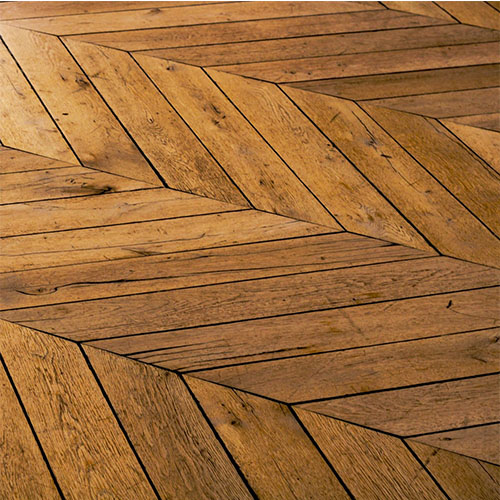
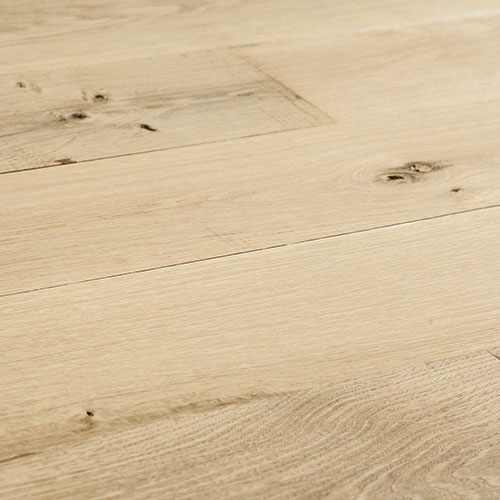
Engineered wood flooring is a versatile and durable flooring option that combines the natural beauty of hardwood with enhanced stability. Unlike solid wood, engineered wood consists of multiple layers, with a thin top layer of real hardwood bonded to layers of plywood or high-density fiberboard (HDF) beneath. This construction provides superior resistance to expansion and contraction due to changes in temperature and humidity, making it ideal for areas with fluctuating moisture levels, such as basements or kitchens.
Engineered wood comes in a wide variety of wood species, finishes, and textures, allowing homeowners to achieve the look of solid wood flooring at a more affordable price. It can be installed using a click-lock or glue-down system, offering flexibility for both DIY enthusiasts and professional installers. The top hardwood layer is typically 2-6mm thick, allowing it to be sanded and refinished a few times over its lifetime, extending its lifespan.
One of the key benefits of engineered wood flooring is its resistance to warping, making it a great option for homes with radiant heating systems. Additionally, it is more cost-effective than solid wood flooring while still providing the same elegant and natural appearance. Engineered wood is also easier to maintain, requiring only regular cleaning and occasional refinishing to maintain its beauty.
Engineered wood flooring offers the aesthetic charm of hardwood with added durability and practical benefits, making it a popular choice for homeowners looking for a high-quality, long-lasting floor that can withstand various environmental conditions.
